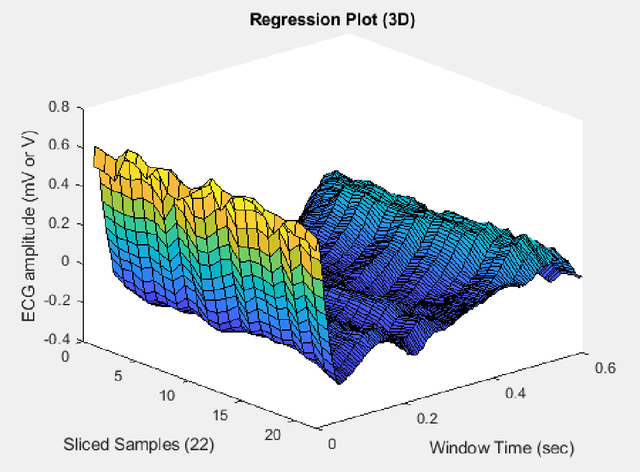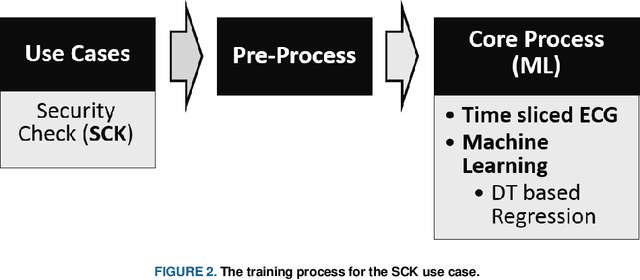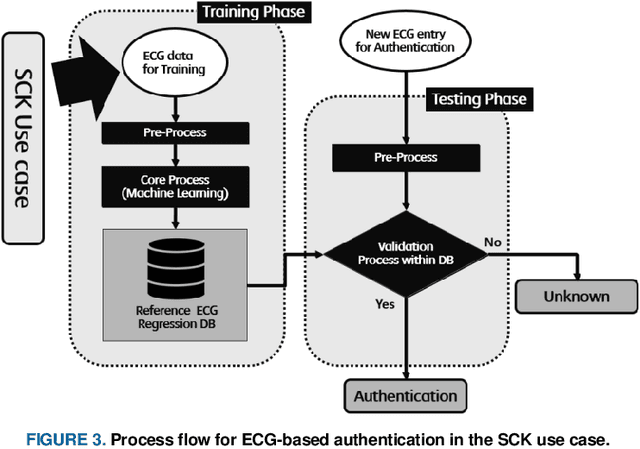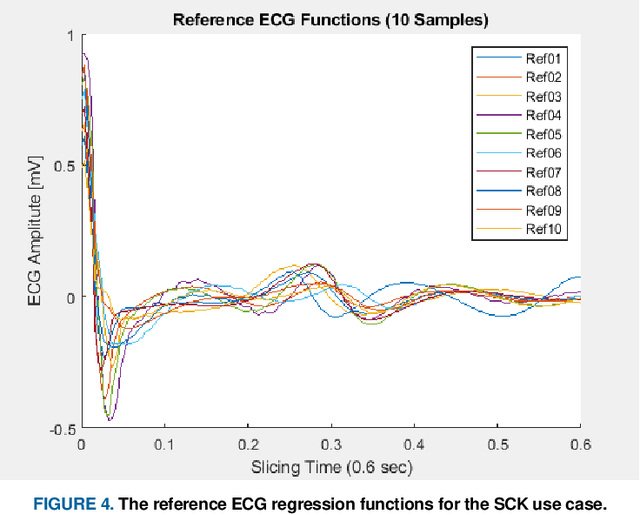M. Jamal Zemerly
An Enhanced Electrocardiogram Biometric Authentication System Using Machine Learning
Jun 30, 2019



Abstract:Traditional authentication systems use alphanumeric or graphical passwords, or token-based techniques that require "something you know and something you have". The disadvantages of these systems include the risks of forgetfulness, loss, and theft. To address these shortcomings, biometric authentication is rapidly replacing traditional authentication methods and is becoming an everyday part of life. The electrocardiogram (ECG) is one of the most recent traits considered for biometric purposes, and three typical use cases have been described: security checks, hospitals and wearable devices. Here we describe an ECG-based authentication system suitable for security checks and hospital environments. The proposed authentication system will help investigators studying ECG-based biometric authentication techniques to define dataset boundaries and to acquire high-quality training data. We evaluated the performance of the proposed system using a confusion matrix and also by applying the Amang ECG (amgecg) toolbox in MATLAB to investigate two parameters that directly affect the accuracy of authentication: the ECG slicing time (sliding window) and sampling time. Using this approach, we found that accuracy was optimized by using a sliding window of 0.4 s and a sampling time of 37 s.
 Add to Chrome
Add to Chrome Add to Firefox
Add to Firefox Add to Edge
Add to Edge